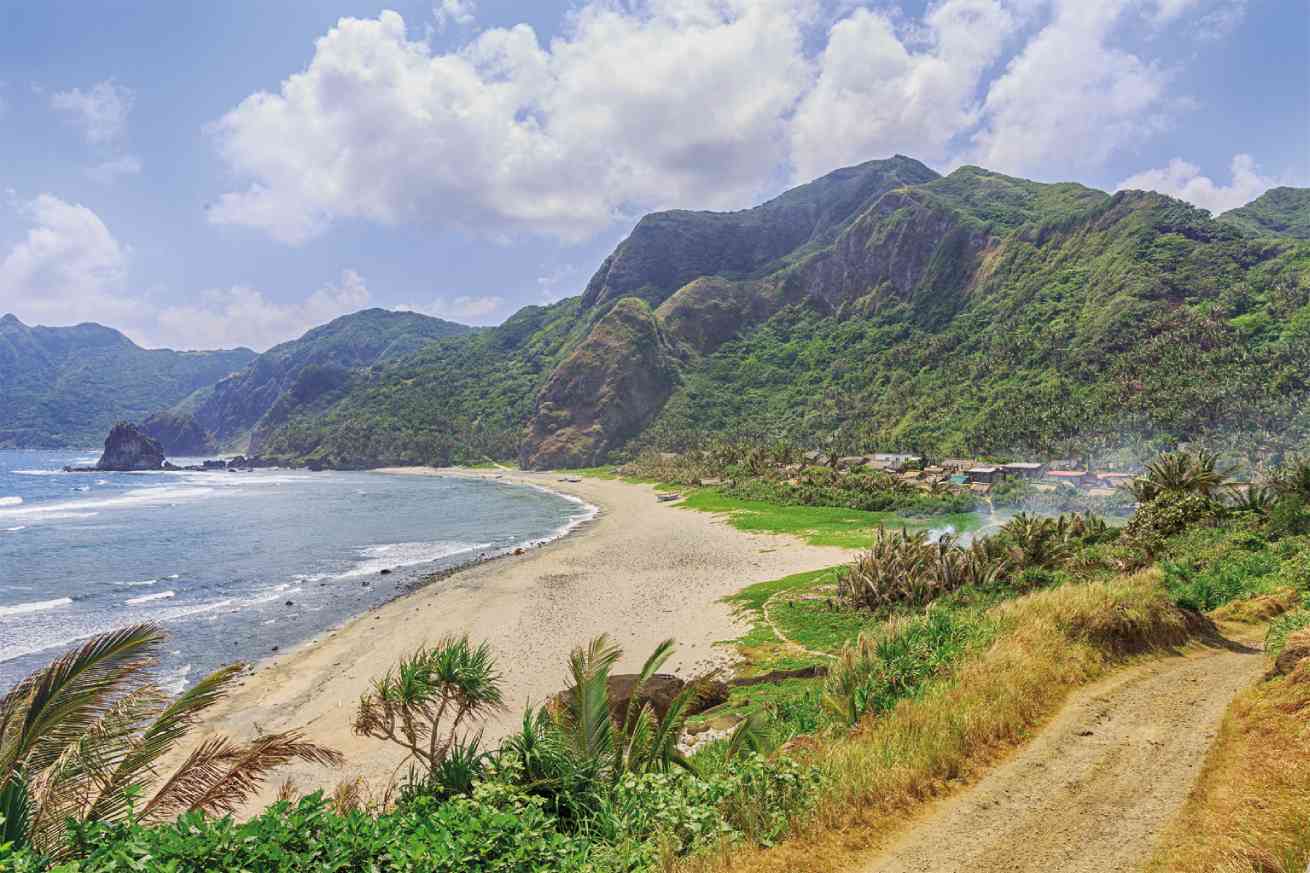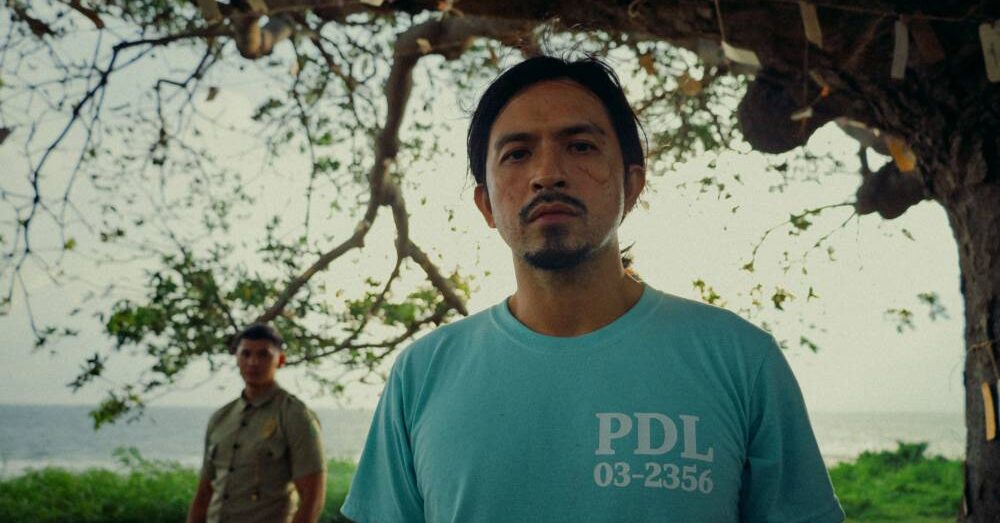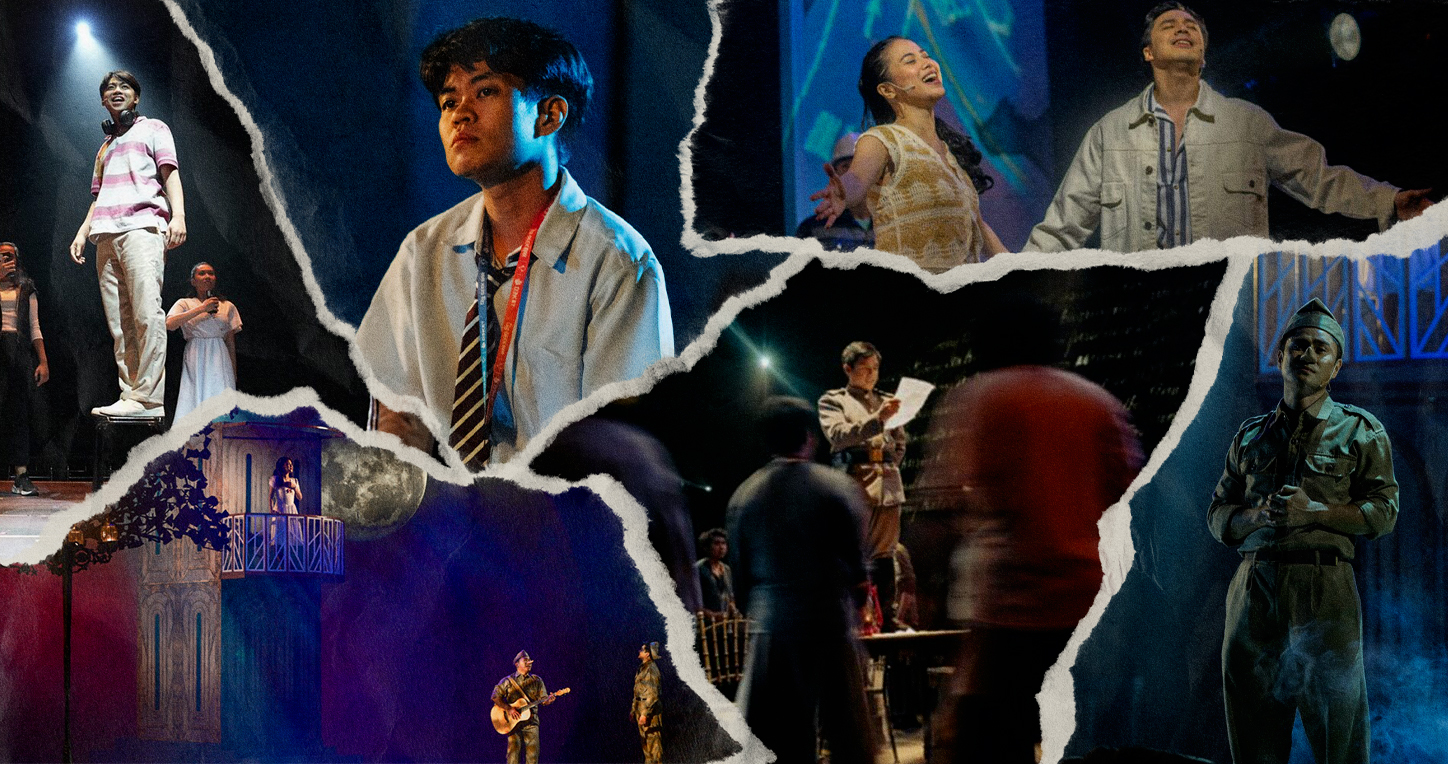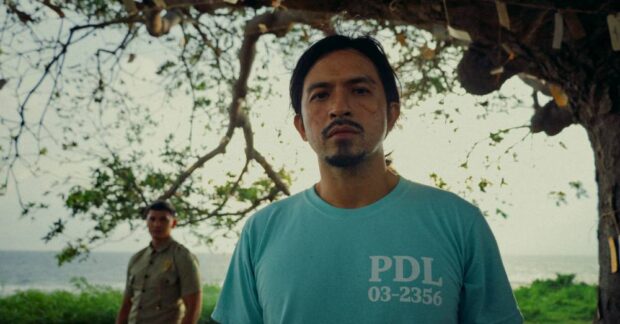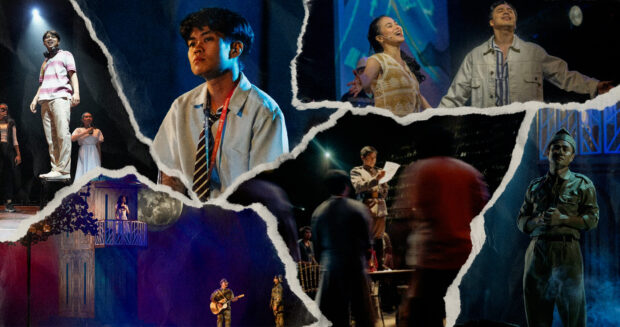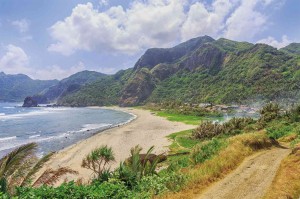
Last February, I was at the Travel Expo in Mall of Asia’s SMX, trying to score cheap tickets to the US for our family vacation. I ended up with a round-trip ticket to Batanes.
Batanes is the country’s northernmost province, 160 km north of Luzon. With a population of a little over 16,000 spread over 10 islands, Batanes is considered by many as one of the last frontiers in the Philippines, and has been on my bucket list since I moved back to the Philippines.
I proceeded to plan a solo backpacking trip, although I don’t mean that in the truest sense. While I love nature and the outdoors, I also like coming back to a nice, clean room and a hot shower.
PAL Express is one of two major airlines that fly from Manila to Basco, capital of Batanes; last April I took the second flight that arrived just before 10 a.m.
Bro. Billy Juan, a family friend now based in Basco at Santo Domingo de Basco Church, and my host Mon Imperial, greeted me at the airport. Kuya Mon runs Crisan Lodge, one of
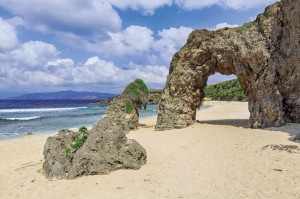
several homestay accommodations in Basco and my home for the next five days.
Crisan Lodge, named after Mon’s wife, is a quaint four-bedroom accommodation with its own private living room, a kitchen and two bathrooms to share.
The rooms are located on a floor above the Imperials’ residence. What is nice about Crisan Lodge is its sari-sari store just below the rooms, perfect for emergencies.
Most homestays go for about P1,000-P1,200 per night for an air-conditioned room for two, and P400-P500 for a fan room. Depending on the season and the number of people checking in, they can charge you the room rate or on a per-person basis.
Since I was traveling alone, I opted to see the island on a motorcycle. Rent for the day is P800, inclusive of gas; and if I did not need it for the entire day, I could opt to pay P120 per hour of use.
Magnificent vistas
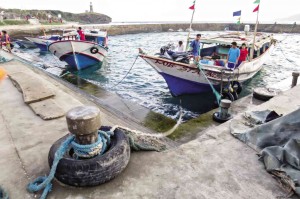
Batanes is known for its beautiful landscapes, but it also pays to know the right time of day to see these magnificent vistas. As a travel photographer, timing my arrival at each destination was key.
I spent the first couple of days exploring the northern part of Batan Island, where Basco is located. I visited the Vayang Rolling Hills twice, once in the morning to try and capture cows walking on the ridges with the blue ocean as backdrop, and another time in the afternoon, as suggested by photographer Noli Gabilo, to catch the beautiful shadows cast by the sun as it hit the hills.
I also visited Valugan boulder beach at sunrise and Chadpidan on the other side at sunset.
The province has three main lighthouses, and one of them is over the town of Basco. Sitting on top of Naidi Hills, it was the perfect location to watch my first sunset in Batanes.
On the third day, I scheduled my visit to the southern part of the island. Batan actually has more places to see.
Following the coastline from Basco, I reached the town of Mahatao, site of San Carlos Borromeo Church, a National Heritage Treasure built in 1797. From there I headed toward the Alapad Rock formations, which, again, reveals a different character, depending on what time of day you see them. Along the way I passed the house of Dakay, the famous Honesty Café at Ivana, and the ghostly village of Song Song, before heading up north again toward Marlboro Hills.
Locally known as Racuh a Payaman, or Big Pastureland, the Marlboro Hills in Mahatao overlook the South China Sea. It is popular with tourists for its picturesque view of the northern hills of Batan and Mount Iraya. If I didn’t know any better, I could have mistaken the place as being somewhere off the coast of Cornwall, overlooking the English Channel.
Taking this scenic route, it’s easy to be in awe of the natural beauty of Batanes, so be careful driving, as the roads are narrow and winding.
Rain with strong winds

Up north, the weather changes really fast. I learned this the hard way on my third day, on the way from Marlboro Hills to Mahatao lighthouse, a short 10-minute drive.
Having experienced pleasant weather the first two days, I left my rain jacket in my room. Rain is different in Batanes, as it really pours and is almost always accompanied by strong winds. The rain fell almost horizontally, which allowed me to take shelter behind one of the walls of the lighthouse. I still got pretty wet, but at least I was protected from the wind.
A short 30-minute boat ride from Ivana Port brought me to Sabtang Island, the closest populated island to Batan. The trip, while short, is not for the faint-hearted. Waves in these parts are sometimes bigger than the boats; the crew is skilled and experienced, but for those who get seasick, take some Bonamine. Travel is best during the morning and early afternoon, as the waves become unmanageable after that time.
Sabtang was a little more remote and laid-back compared to Basco, but with just as many places to see. There were magnificent vantage points like Chamantad Cove, Sabtang Lighthouse, Duvek Bay and the Arch Rock Formation on the white sands of Morong Beach, but what drew my eye were villages like Suvidug and Chavayan, where time seems to have slowed down, giving me a glimpse of what life must have been like a century ago.
At Barangay Sumanga on the northern part of the island, I was able to observe fishermen bringing in their catch of dorado, or mahi-mahi as it is more commonly known. After being cleaned, the fish would be transported back to the fishermen’s homes, either for storage, brought to the markets on Batan for sale in the morning, or halved and hung up to dry for a day or two.
While riding around, I was surprised at how many people would wave and greet us. Kuya Mon told me that in Ivatan culture, it is customary to greet people you run into to avoid misunderstandings. The perception is that when you don’t greet each other, you are harboring ill will.
I was surprised to see that food in Batanes is no different from that in Manila, like pancit, adobo, chopsuey and lechon kawali. But there are some specific things unique to the area, like coconut crabs, dorado and flying fish, or dibang, all prepared in a variety of ways, using local spices and ingredients like turmeric and coconut milk.
Reservations required
The few formal dining places in Batanes normally require reservations. Not everything in the menu is readily available, though, which was disappointing for single travelers who would have wanted to try more of Ivatan cuisine. So, for the most part, I took my meals at Crisan Lodge. Most homestay accommodations do this for their guests.
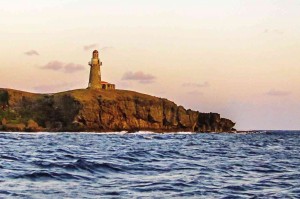
But there are two places worth mentioning when it comes to food. The first is Octagon Bed and Dine. Located just after Batanes Seaside Resort, it is one place I was able to walk in for lunch and order something a la carte. Malou Caico handpicked three fresh lobsters for me, which I paired with my lechon kawali and chopsuey. Enjoying my meal, I was saddened by the thought that I visited this place only on my last day. Octagon also has four rooms that can each accommodate four guests.
Then there is Pension Ivatan, near the airport, where I had Ivatan Platter, a popular dish among tourists. Served on breadfruit leaves, it is an array of various Ivatan dishes which include payi (lobster), tatus (coconut crabs), giant squid, luñis (a kind of adobo), vunes (taro stalks), fern salad, grilled dibang, inihaw na tadyang ng baka and turmeric rice.
Owner Tessie de Leon Valiente claims that three to four people can finish a plate, but after Kuya Mon, Brothers Billy and Rolly and I were through, there was still enough food for a couple more people.
My last day was spent going back to some spots I wanted to see again under different lighting conditions, like the lighthouse in Mahatao and Alapad Rock. But as the day came to an end, I realized there was still a lot for me to see.
Maybe next time, I will visit Diura, a fishing village just below Mahatao lighthouse. Or maybe document the fishermen bringing in their catch of the day. Or maybe spend more time in Sabtang and cross over to Vuhus Island for some snorkeling.
Just thinking about my five days in Batanes still overwhelms me, but I know there will always be something to go back for.

